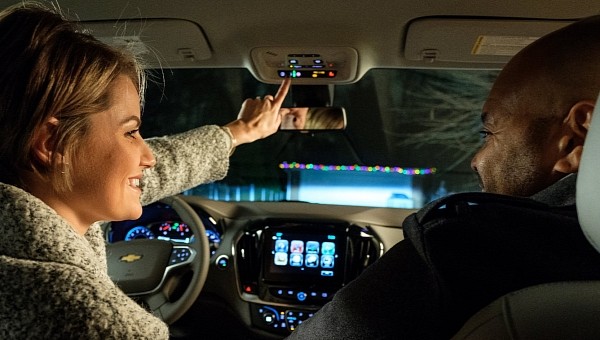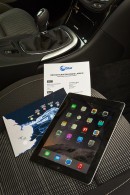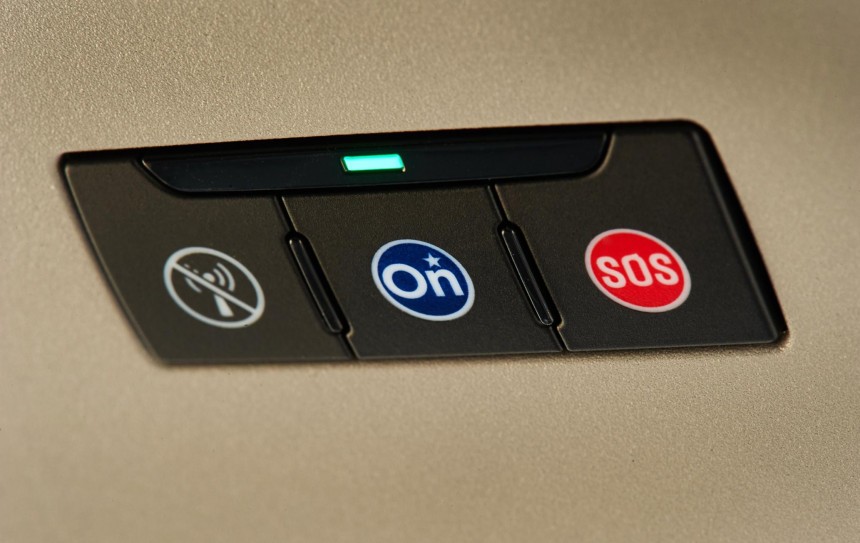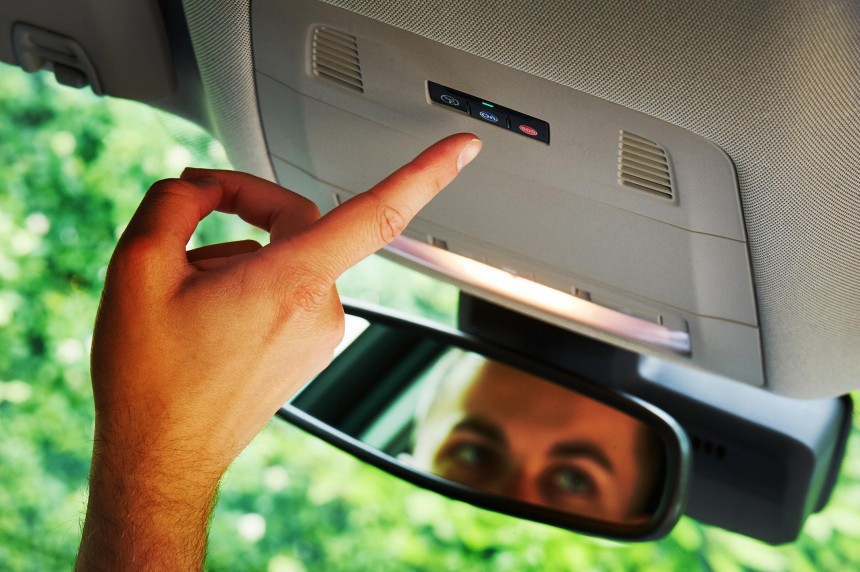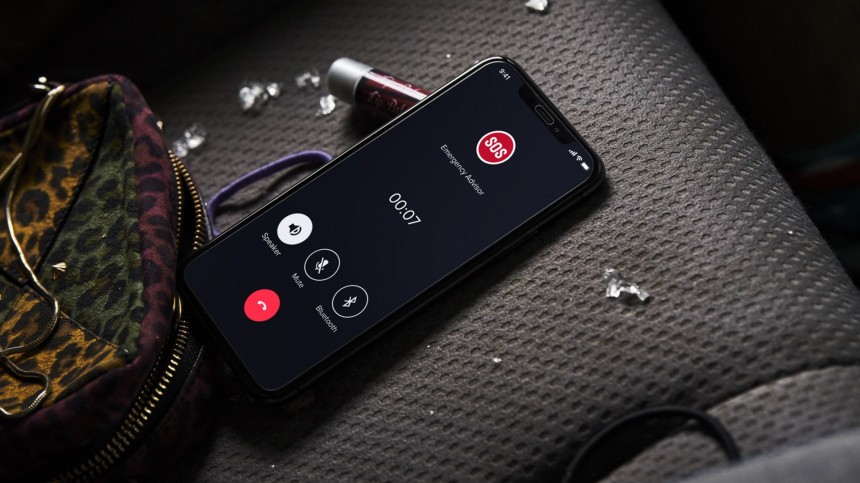Current OnStar services that will stop working for the affected vehicles include the Automatic Crash Response, Stolen Vehicle Assistance, Turn-by-Turn Navigation, Remote Key Fob service, and everything that involved the dedicated three-button interface. The latter relied mostly on 2G connectivity, which had a better coverage than 3G back when the latter was introduced. Automakers were enticed to get it since it was also cheaper and got the job done.
We should also point out that the affected members will get a reduced cost of their monthly subscriptions and that the billing change happens on January 1, 2023. Some believe a gratuity would have been a nice thing to do, at least for the first year of use. There's no such thing, though.
The U.S. 2G network will reach its final sunset in December 2022, and that is when all the 2G and 3G providers will shut off their networks in the U.S., which will render numerous other services to the same inoperable condition. We are not writing just about automakers here, so be prepared for various older systems to become inoperable after the end of next month.
With a few exceptions, there is no fix for the affected vehicles, as they rely on older modems, along with corresponding antennae and multiple other components, and that makes any retrofit difficult, if not even near impossible, in some cases. In the current chip shortage, most automakers would commit to free upgrades for technology that is at least seven years old unless it constitutes a safety hazard, which it does not per se.
General Motors has foreseen some of these potential issues, so it has already implemented many OnStar services through the OnStar Guardian app. The latter is already included in the Safety and Security part of OnStar plans, as well as on dedicated OnStar Guardian Plans, which are not just for GM vehicles but can include Location Status and Mobile Crash Response, among others, straight through the app.
Those who do not want to use the app, but are still active OnStar members can get a hold of key services if they call an OnStar Advisor from their phone at 1.888.4ONSTAR, and those services include Roadside Assistance, Crisis Assist, or Emergency Services.
The affected vehicles cover former GM brands such as Saturn, Pontiac, Saab, Hummer, as well as older GM vehicles, including some that belong to the 2015 model year but come with legacy hardware connections such as 2G or 3G network connectivity only. As GM Authority notes, there is an OnStar online VIN finder that will help you figure out if your GM-made vehicle is part of the affected vehicles.
As we pointed out in the article that announced this moment, once those 2G and 3G networks go out, the vehicles that depended on their services will no longer have the respective connectivity functions active, but the buttons are still inside.
We suggest you do not press them to prevent errors from popping up, and even turning to car coding with a specialist to make those buttons inoperable for good – as well as eliminating any errors that could have appeared if you happened to touch the buttons by mistake.
Others could offer a service that lets people deactivate and eliminate all the remnants of OnStar or equivalents from their vehicles without damaging anything else. Hopefully, the old OnStar interfaces will get recycled properly.
We think that there is a market for these services, integrated as described and made simple to use. They should also be safe, so be careful what you buy online. At the same time, we cannot help but feel a bit strange to see that GM will still charge subscription fees to people who own older cars that are left without OnStar just to use a dedicated app that will never be able to do what the system could back in the day.
It is important to note that some aftermarket alarm systems and GPS trackers may offer part of the functionality of the OnStar system or of comparable ones, but they will not get the same in-vehicle integration as when the automaker first implemented the system.
